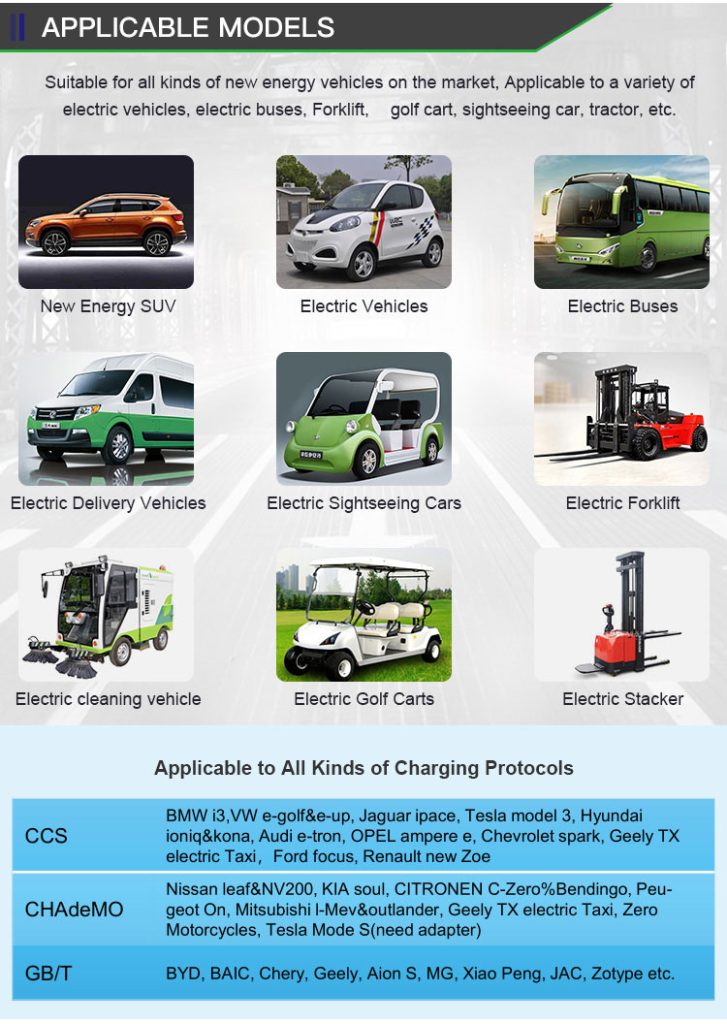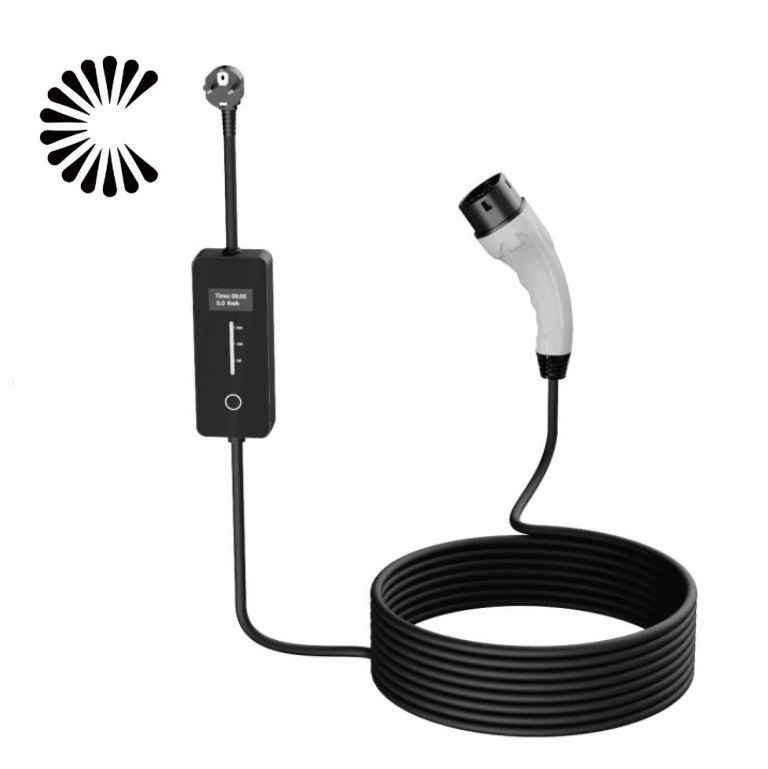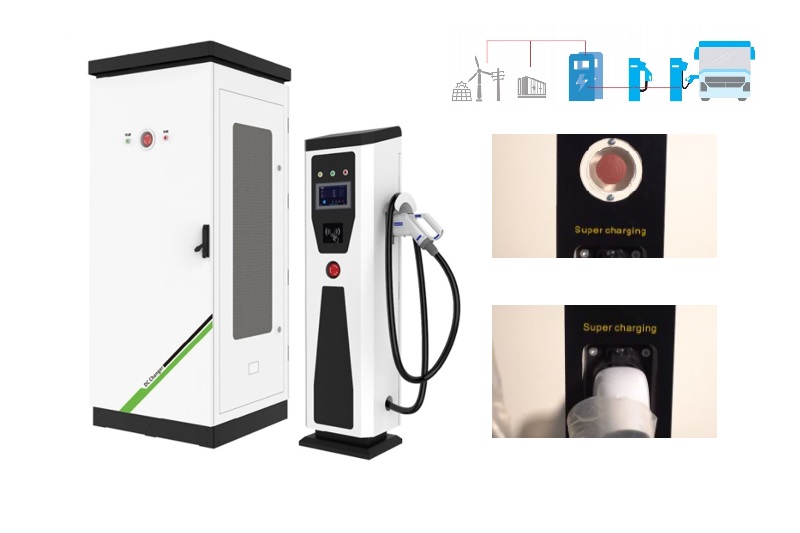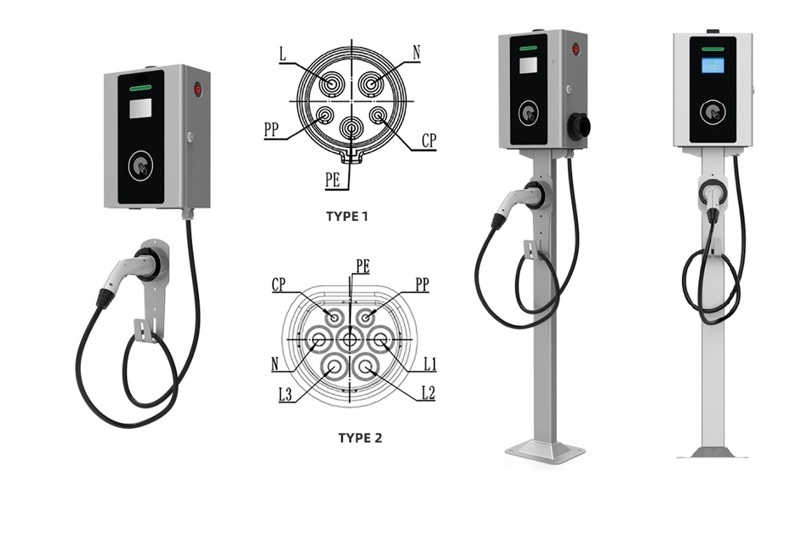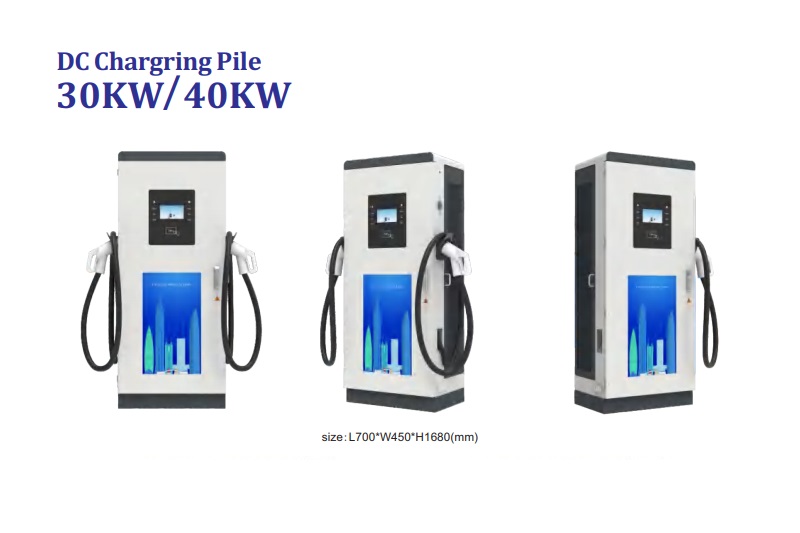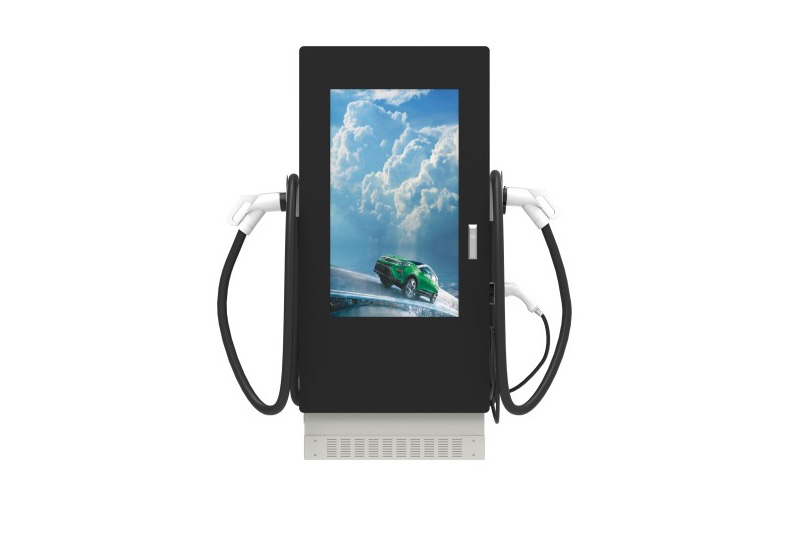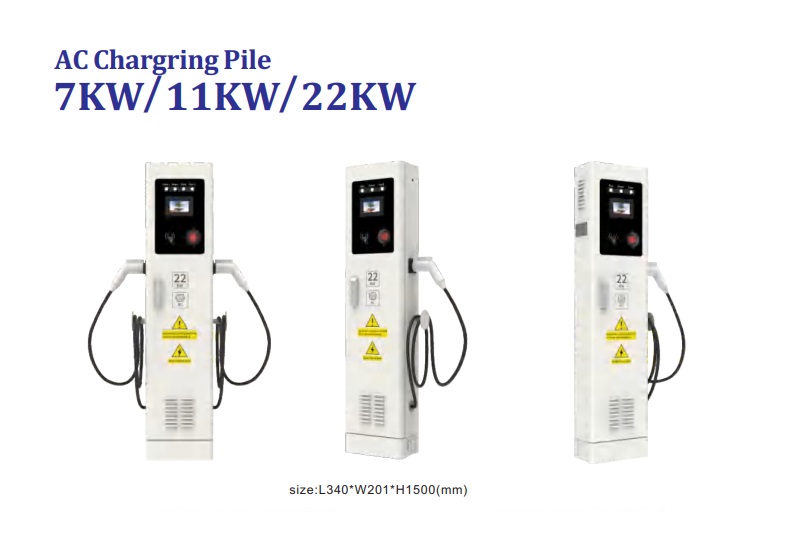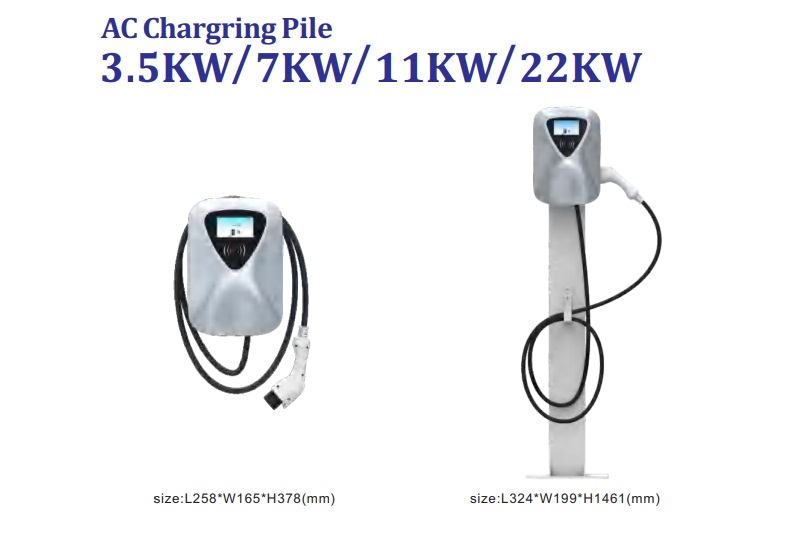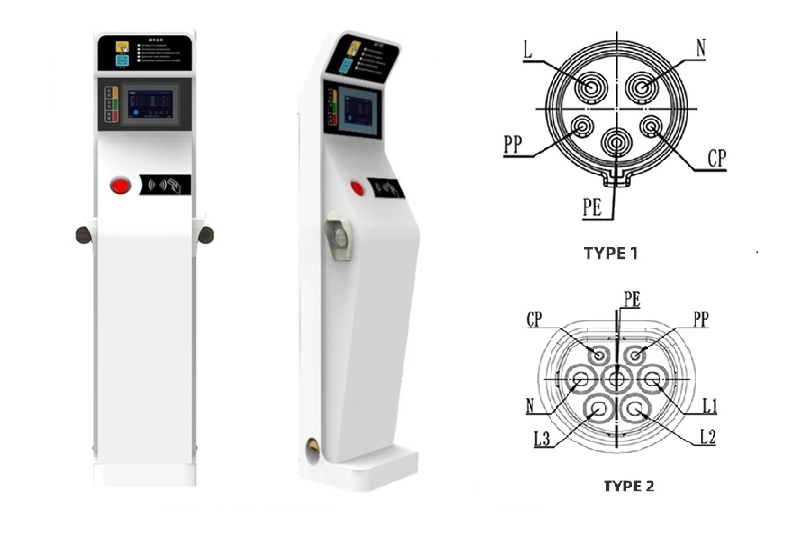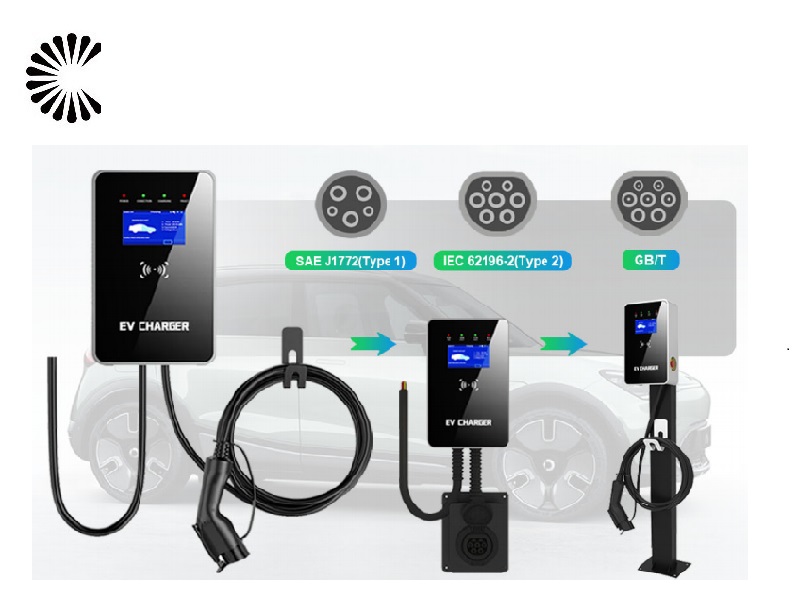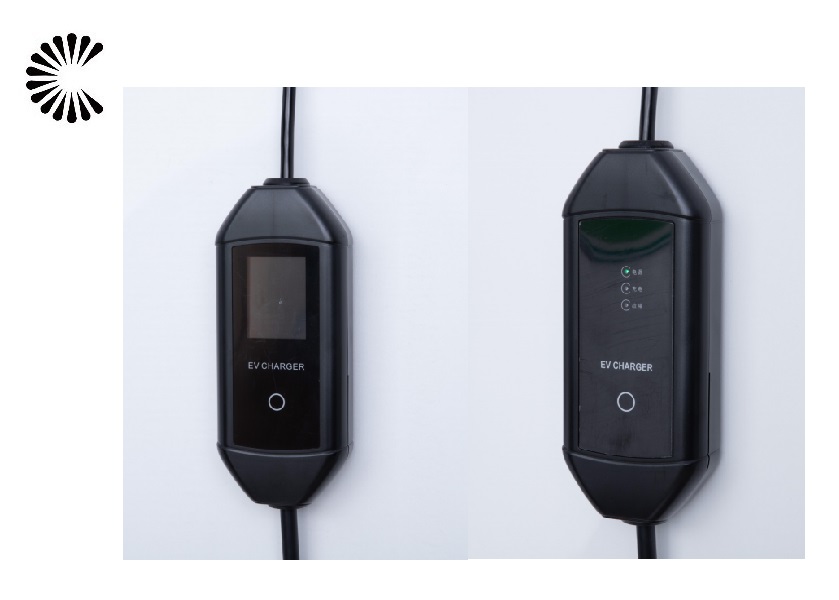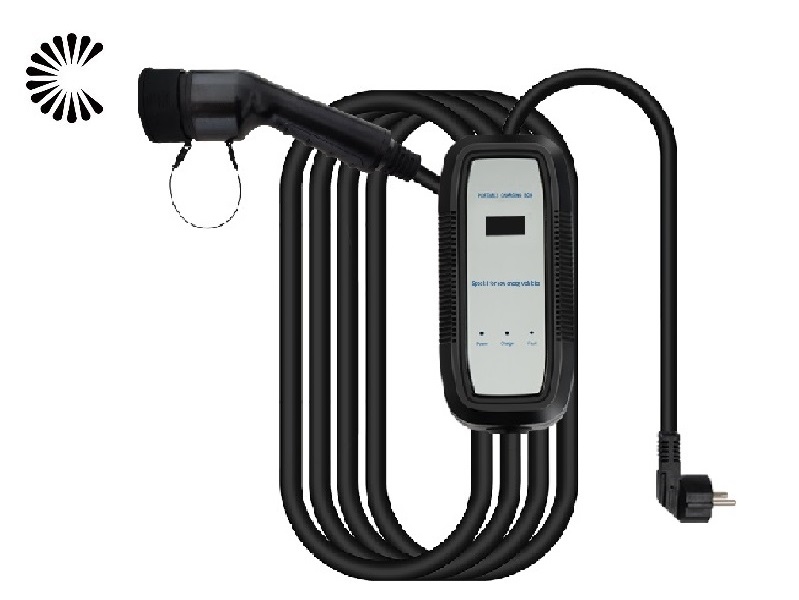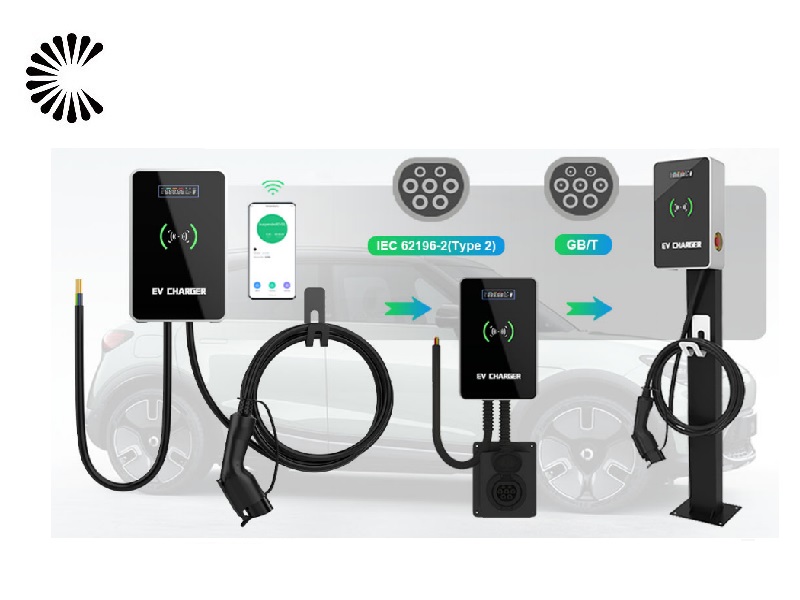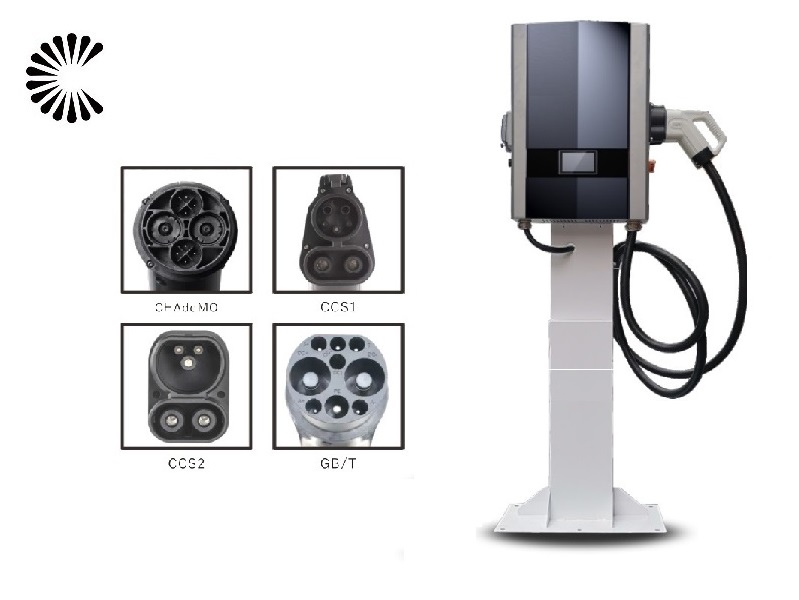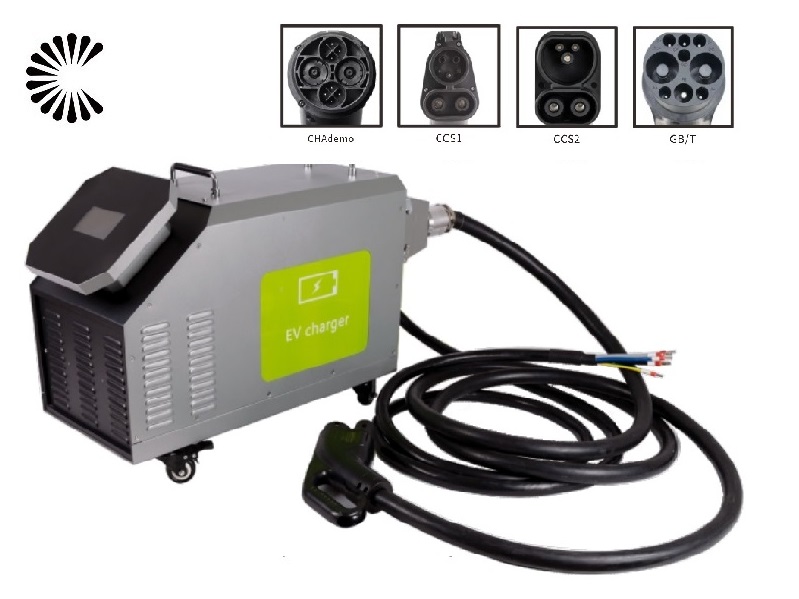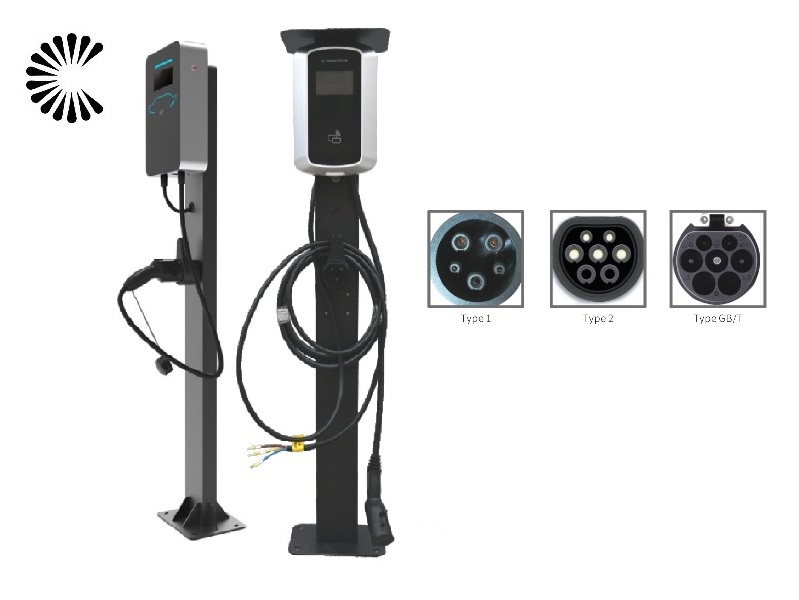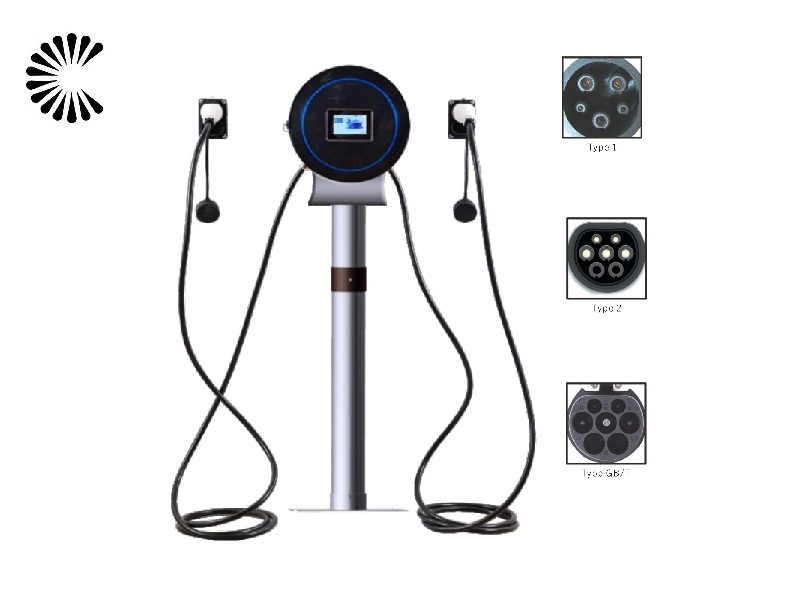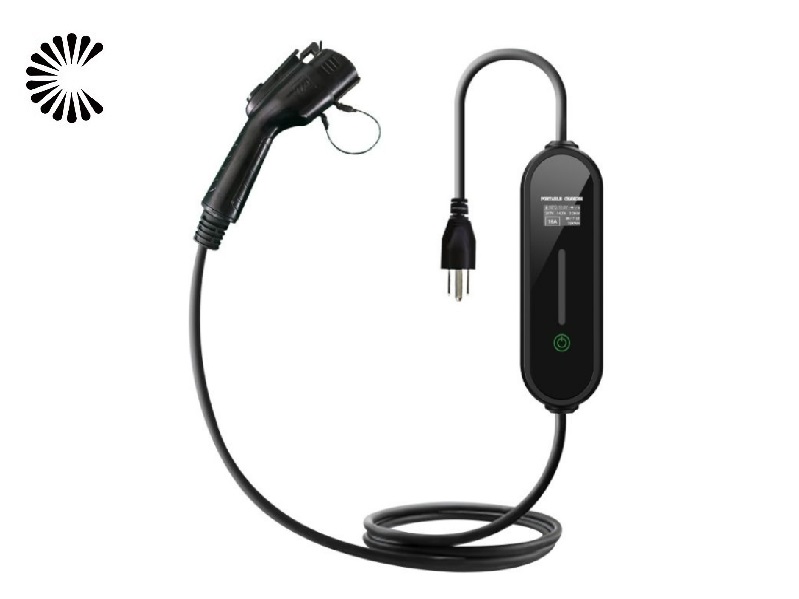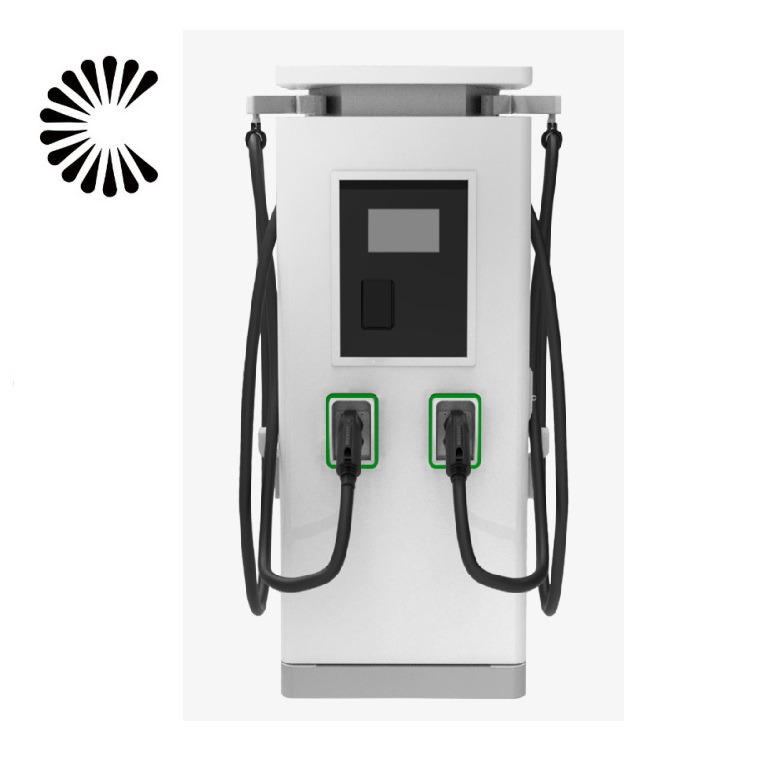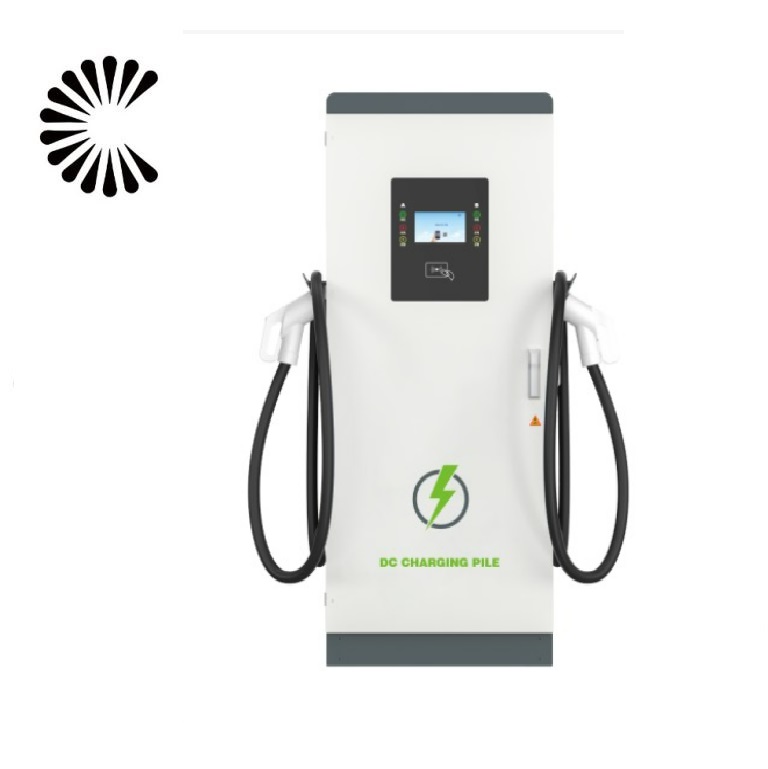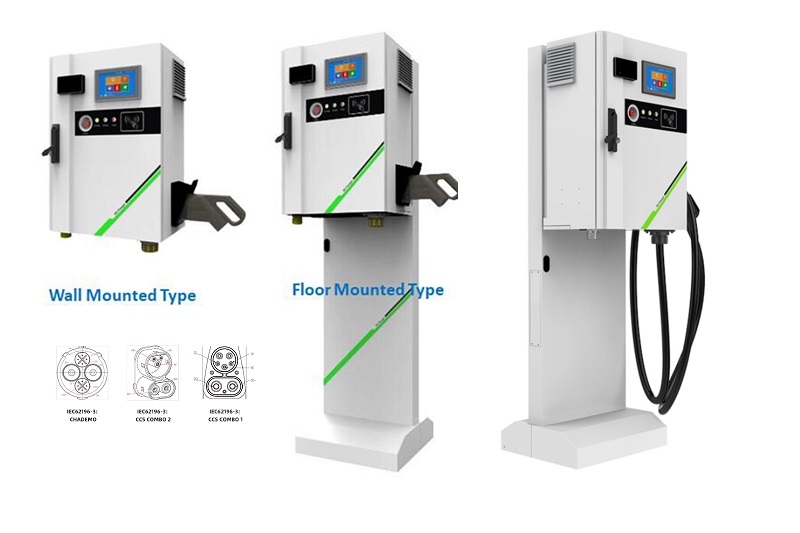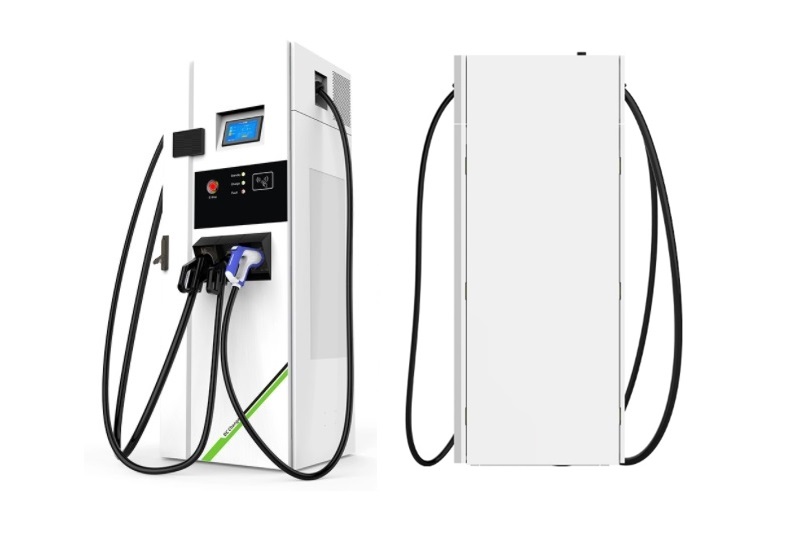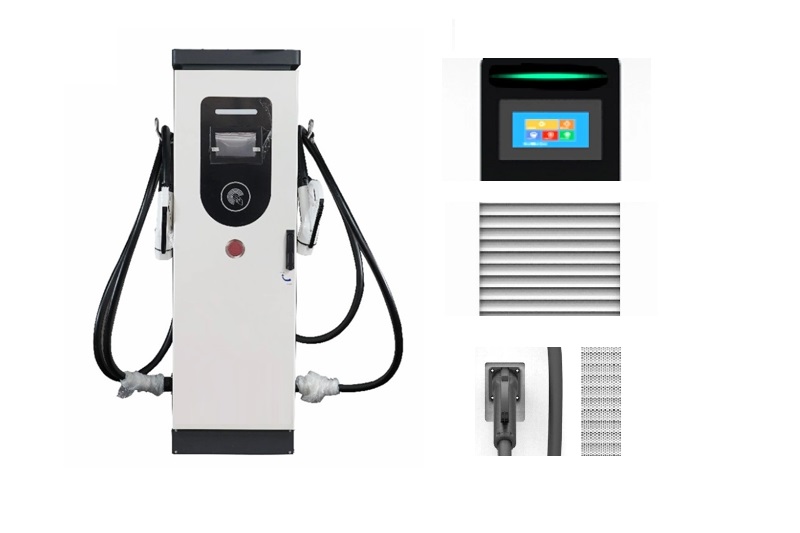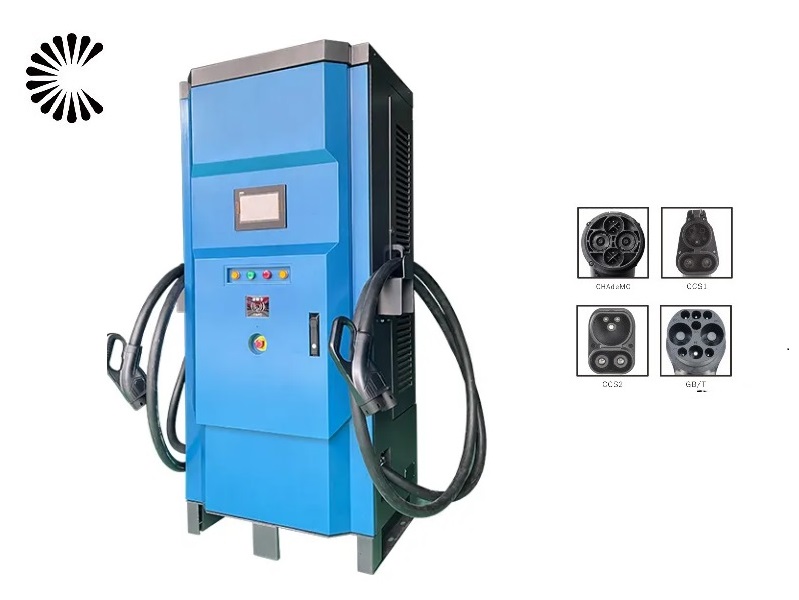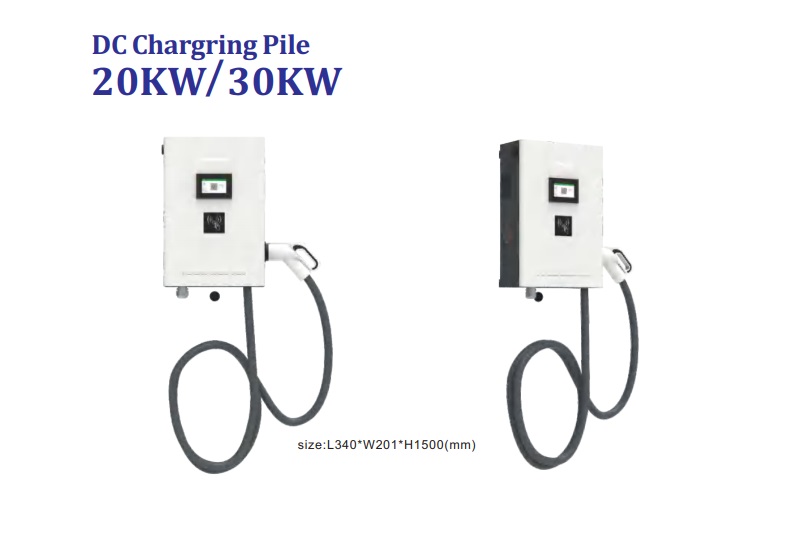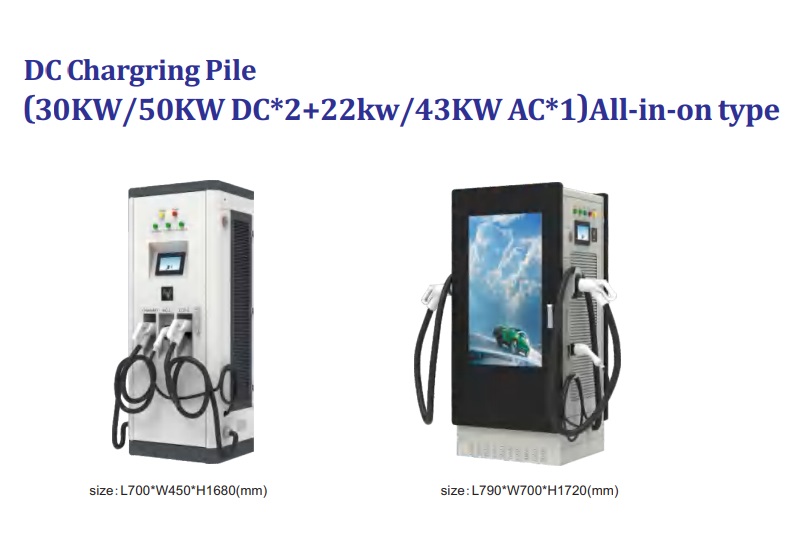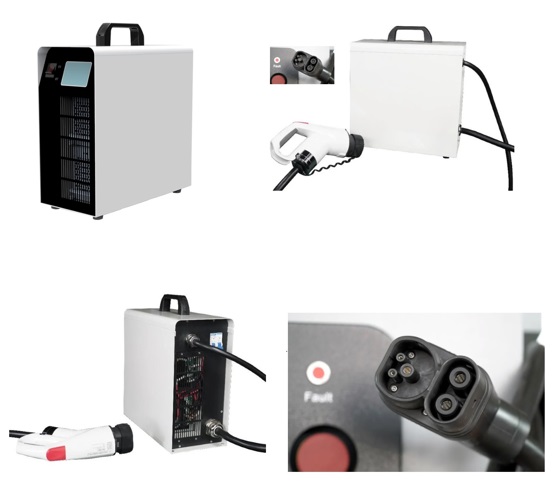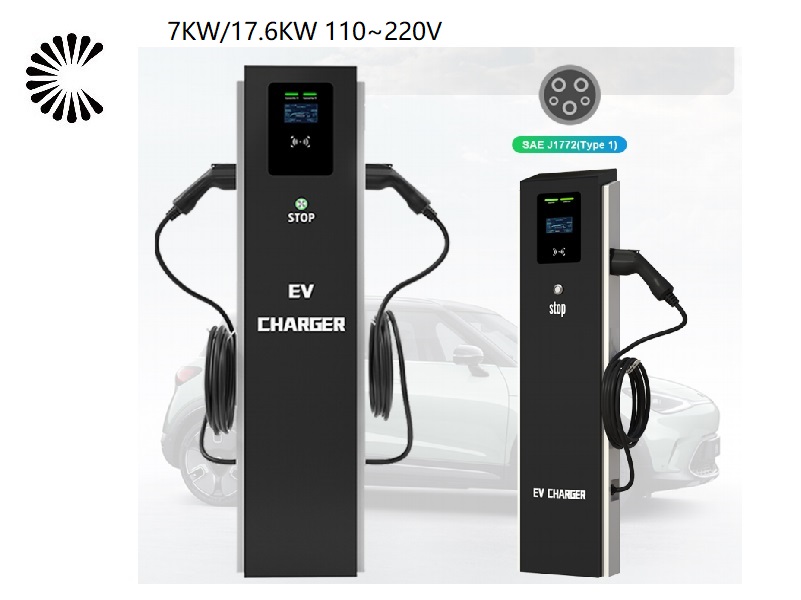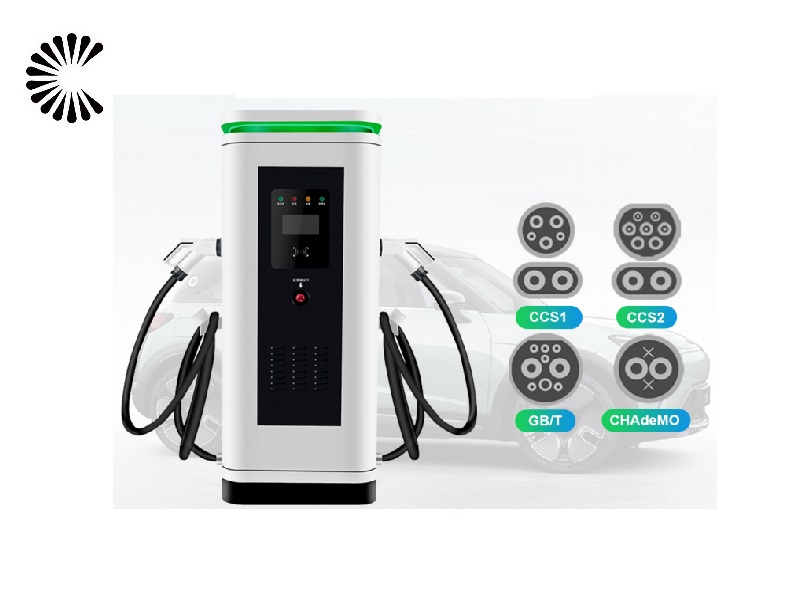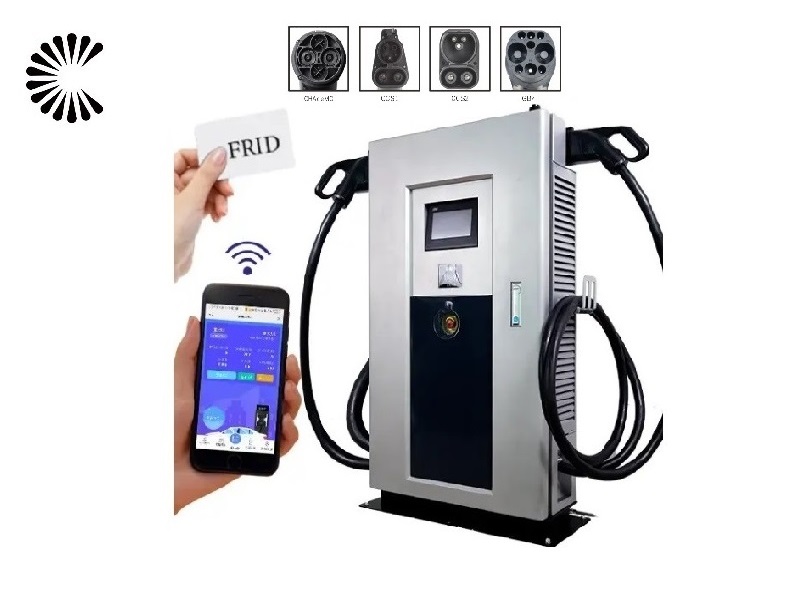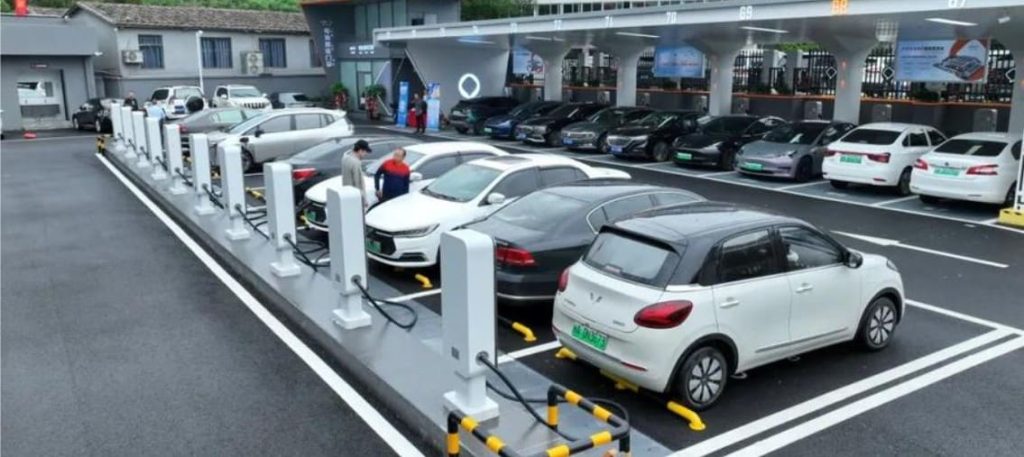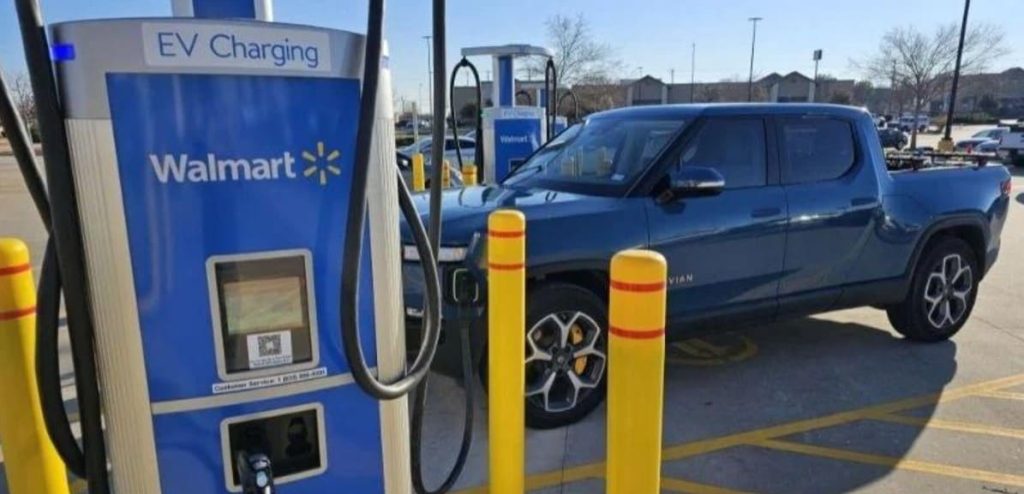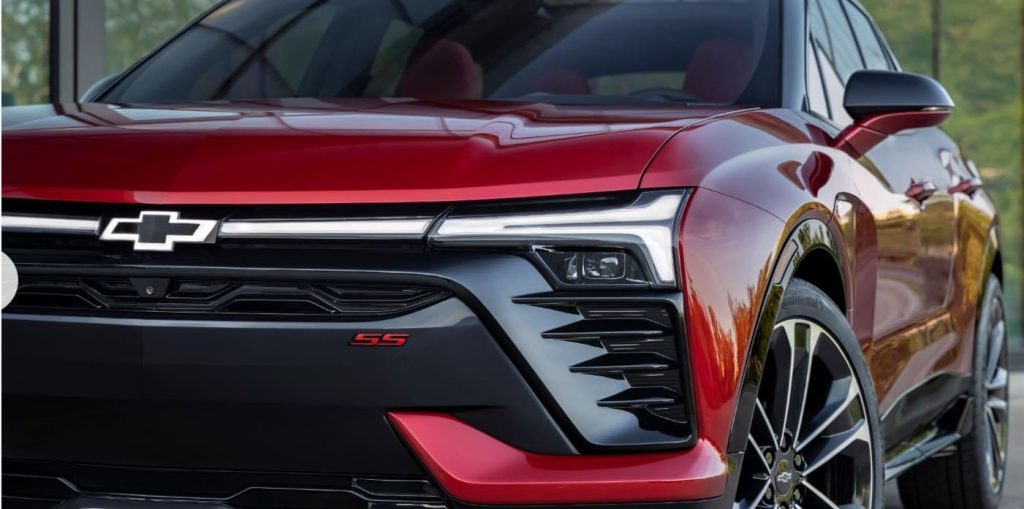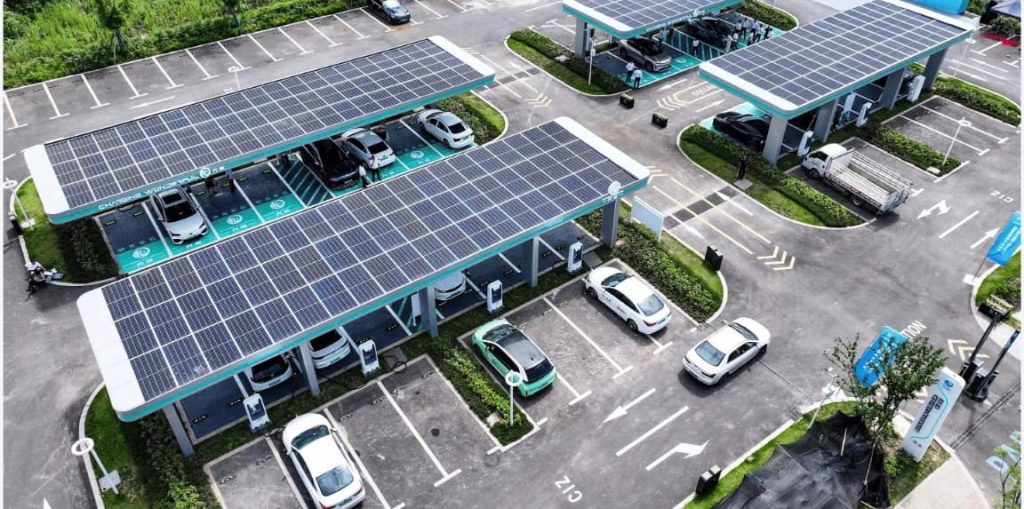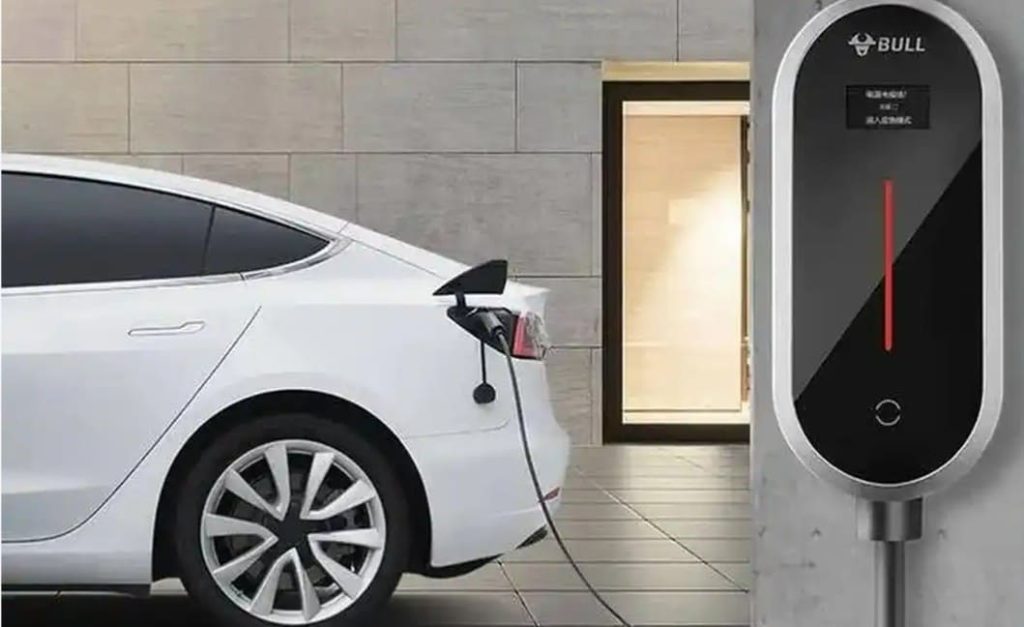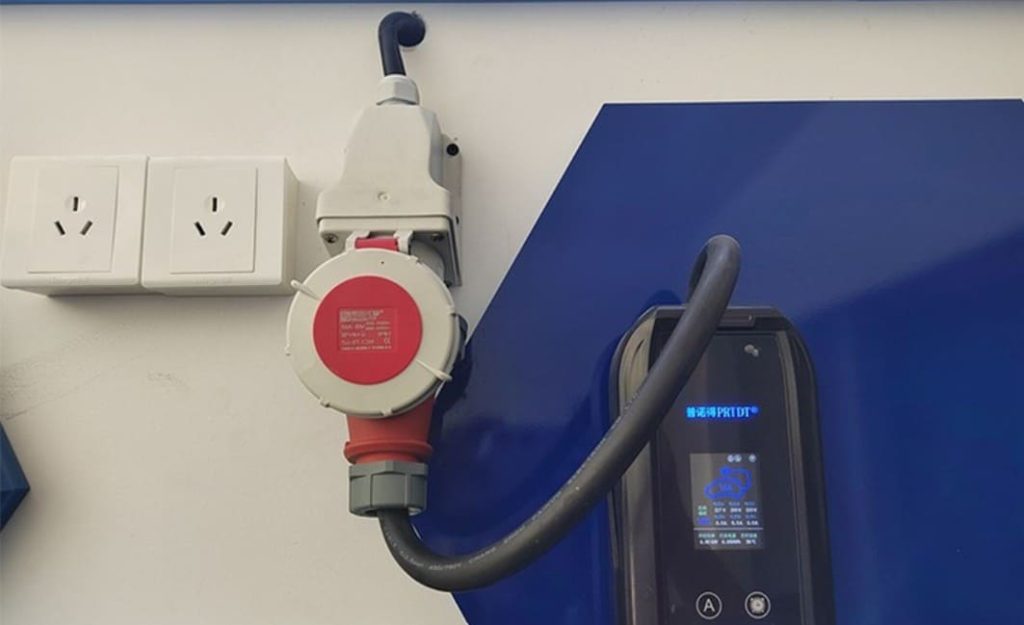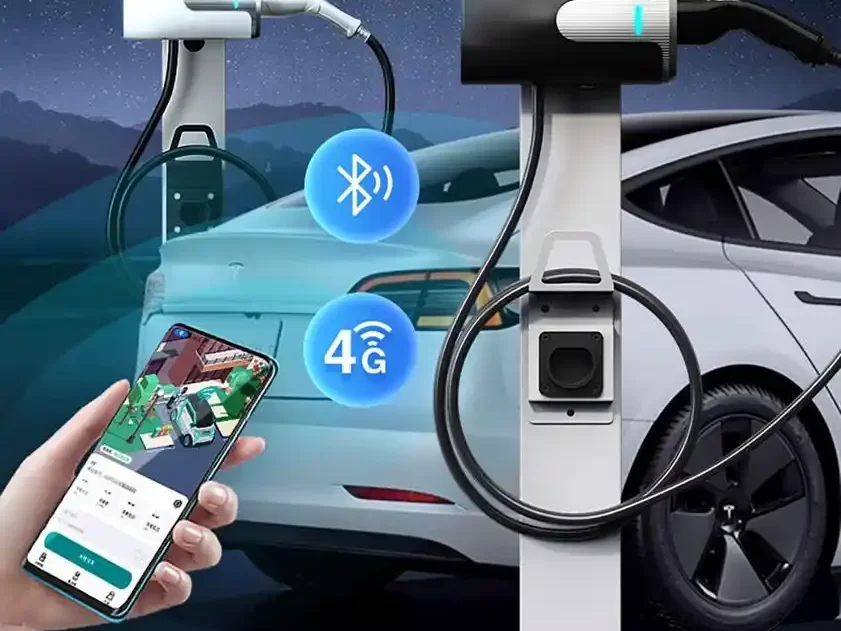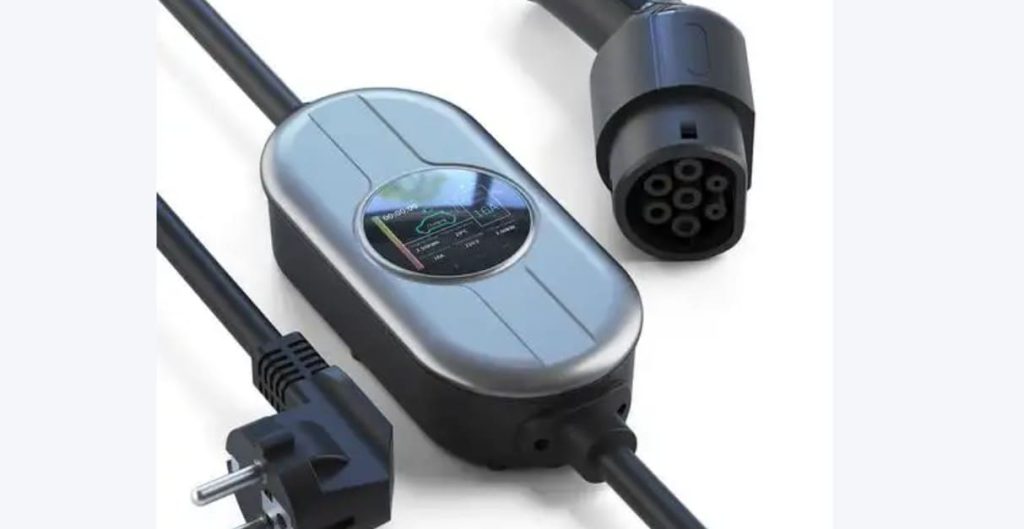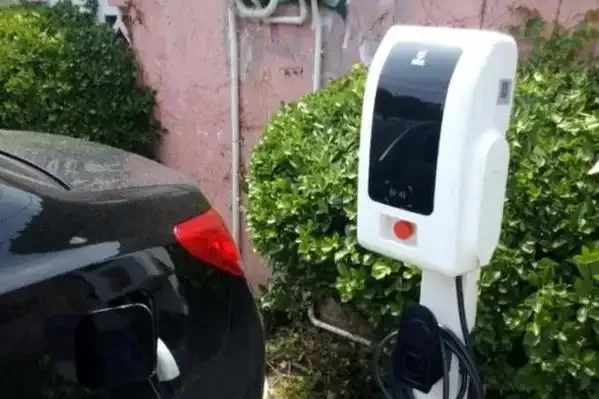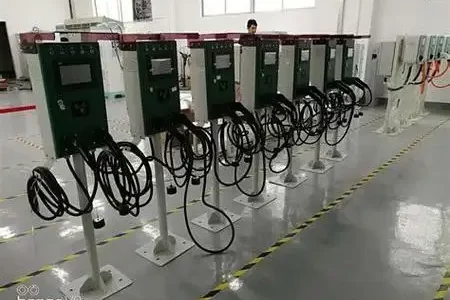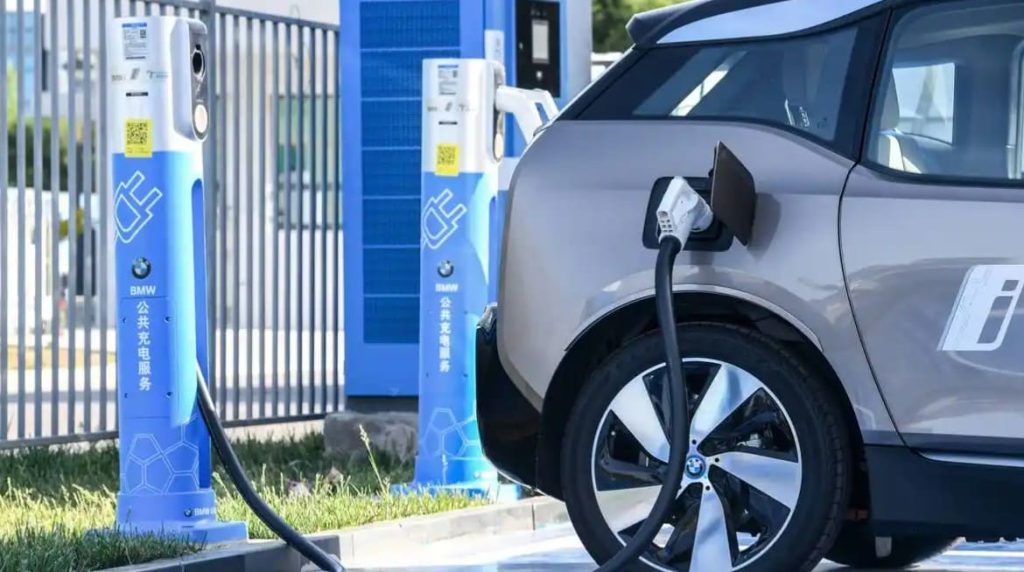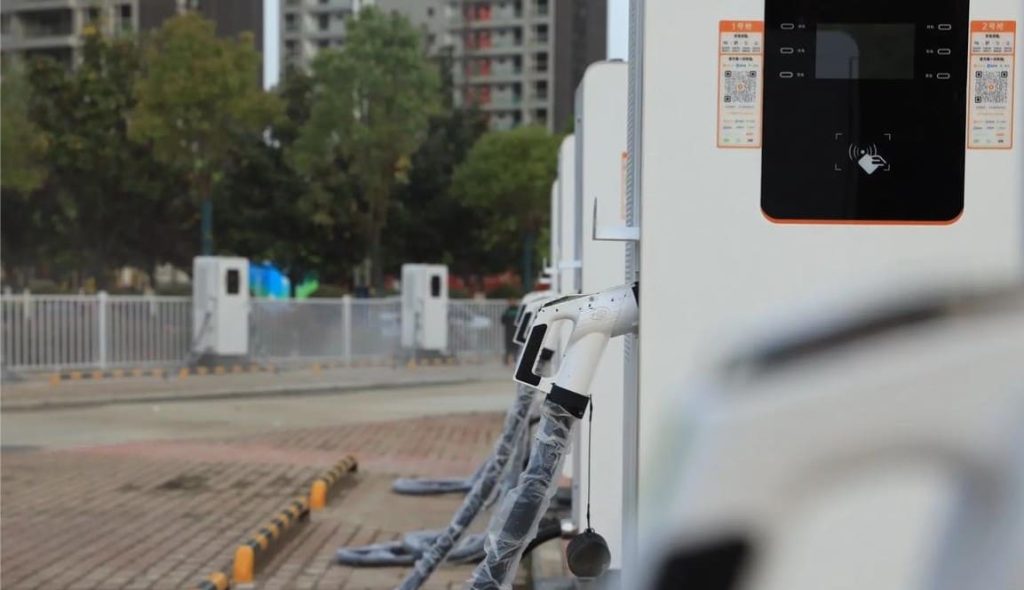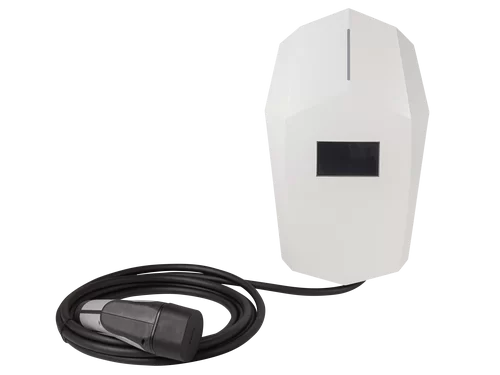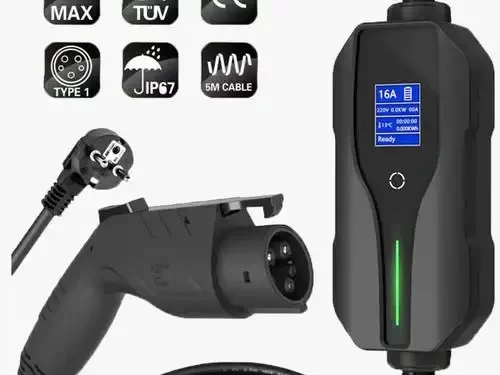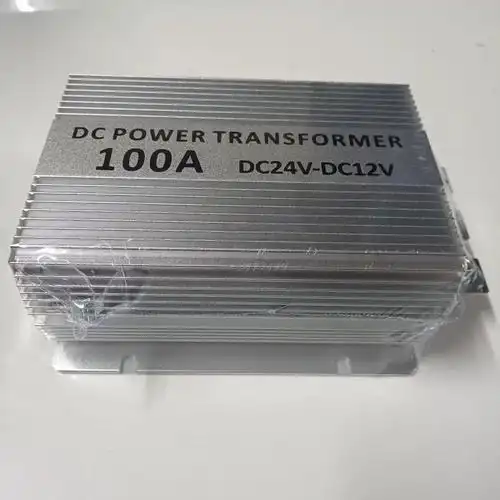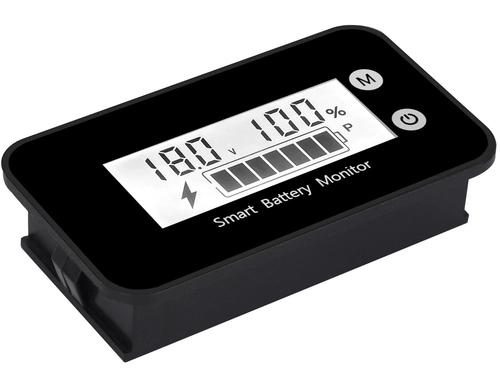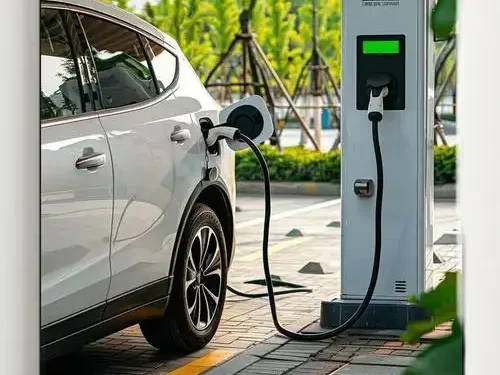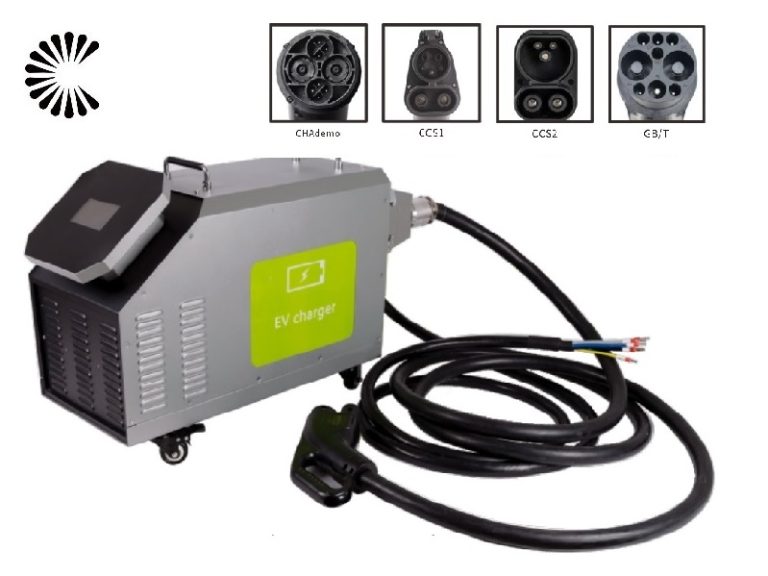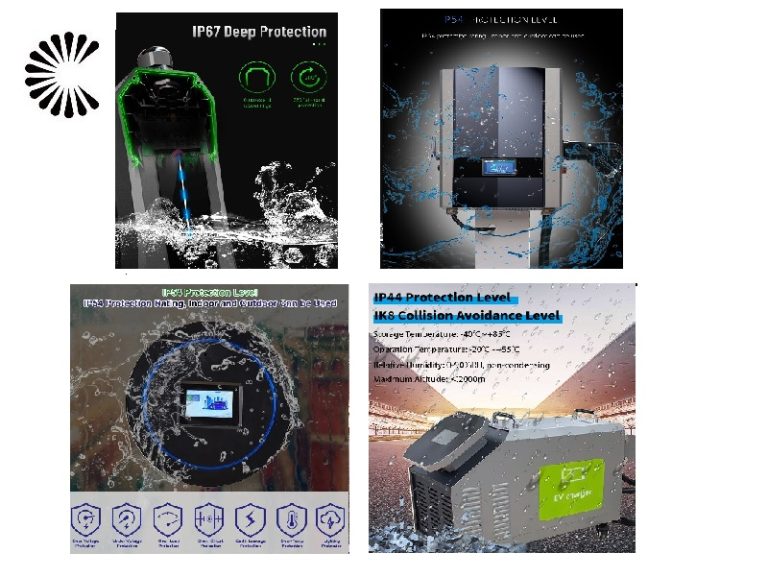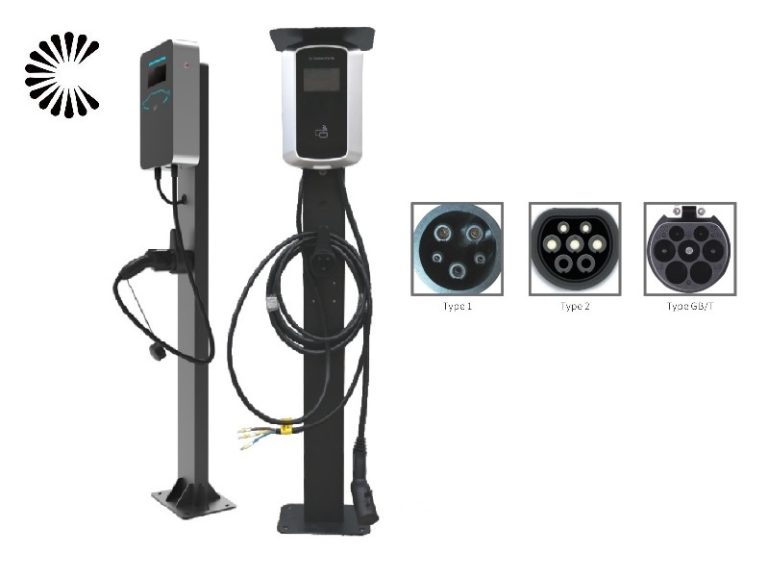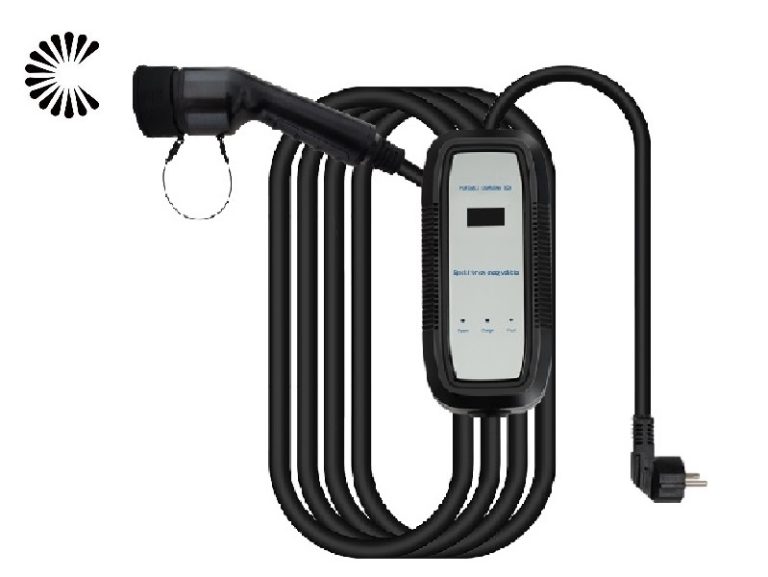EV Home Charger
EV Home Charger for Sale (Click to Get the Price List):
Introduction of EV Home Charger (See Price List):
To make the most of EV ownership, you need high-voltage charging equipment at home. Here’s everything you need to know to get started.
Okay, so you bought your first electric vehicle. Now what? There are a number of ways in which EV ownership will be different from having a vehicle with an internal-combustion engine, but a big one you need to figure out immediately is charging.
Trust us, you’ll want to be charging at home as much as possible. This has two significant benefits: Charging can be accomplished when the vehicle is otherwise parked, and home charging is substantially cheaper (roughly one-third the cost) than DC fast-charging.
There are three major factors to consider when considering a EV Home Charger: the output of the household circuit you’re connecting to, the output of the EV charging equipment, and the rate of charging that your vehicle can handle.
We’ve gathered seven charging options to connect your house to your electric car that range in price from $300 to $700, all of which are compatible with any new EV on sale today. The more expensive ones tend to have Wi-Fi connectivity, which lets you monitor charging, receive alerts, and control the unit via an app. Many of these products have variants (hard-wired or plug, different output capabilities, and varying cord lengths) with slightly different prices.
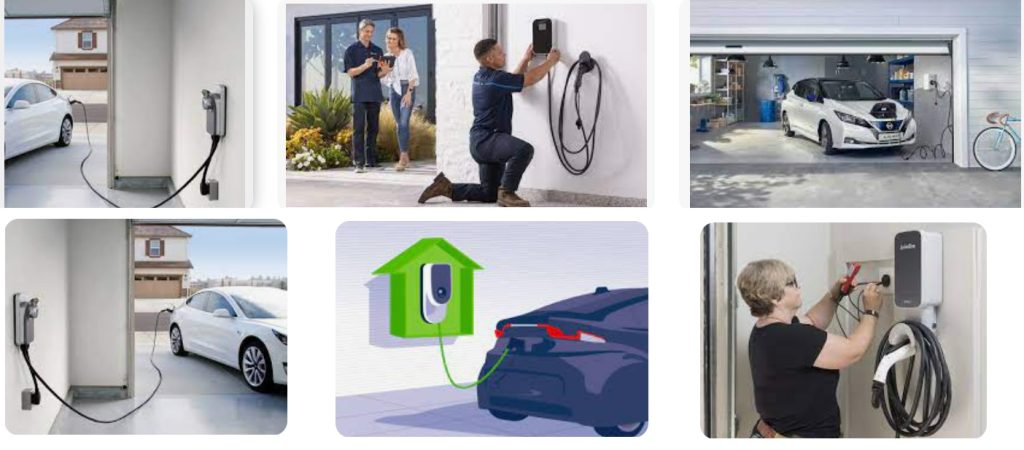
ChargersGO is one of the largest providers of public charging, with thousands of units nationwide. Its unit integrates into the same app used to connect to the company’s public units. You can add your vehicle in the app, which tailors the percentage of the battery replenished and the number of EPA miles added to your specific vehicle. The app offers the ability to schedule charging times to take advantage of variable-cost electricity during off-peak hours.
The ChargersGO app has the most nuanced cost tracking, allowing us to select from among dozens of possible rate plans from our local utility to pinpoint the actual cost of charging down to the penny, even when on a variable rate. We also appreciate the simplicity of the built-in notch at the top of the unit to wrap the cord around and that the plug latches onto its dock in the center; many other units require mounting a second cord-management device.
Emporia offers a vast library of electricity-monitoring devices, but their app can seem overly complex when using only the EV charging equipment.
When charging an electric car at home, you’ll need off-road parking, such as a driveway or garage, and you need to be able to get power to it. Charging with a regular 2.4kW three-pin wall socket means extremely long charging times, so it’s recommended to get a wallbox charger installed.
Electric vehicle wallboxes (or wall charging units) are available in different forms and powers, drastically reducing charging time compared with a regular three-pin plug.
Most electric cars use a Type 2 connector, while some have the older Type 1 socket. Make sure to choose a suitable power wall charger, typically up to 7.4kW for a typical UK home.
Smart chargers sold from 30 June 2022 onwards need to be ‘smart’, which allows you to set charging times when there is less demand on the grid or when more renewable electricity is available.
The cost to buy and install a wallbox charger typically ranges from £450 to £1,200, with 7kW chargers being recommended for most people.
As of April 2022, the grant for wallbox chargers is no longer open to most homeowners. However, there are still other funding options available, depending on where you live.
Vehicle-to-Grid (V2G) technology is an advanced form of power management, allowing your EV to supply power back to the grid.
For home charging, the United Chargers Classic is recommended for most EV drivers, whereas Tesla drivers should stick with the Tesla Wall Connector.
Whether you’re a longtime electric vehicle owner or new to the world of EVs, a Level 2 charger is highly recommended for your home. It’s faster and more convenient compared to Level 1 chargers that come with most EVs. There are various options available, with the United Chargers Classic being a standout choice for non-Tesla EVs.
Related Products
Related Articles
Our EV Charger Factory Introduction:
| Business Type: | Manufacturer/Factory | Main Products: | EV Charger |
| Number of Employees: | 100 | Year of Establishment: | 2014.05 |
| Production Capacity | 5000Set/Year | After-sales Service: | Technical Support; on-line teach lessons |
| R&D Capacity: | ODM, OEM | Annual Output Value: | US$5 Million – US$10 Million |
| No. of R&D Staff: | 5 | No. of Production Lines: | 6 |
ChargersGO Factory is a reputable manufacturer specializing in Electric Vehicle (EV) Chargers. Our extensive product range includes slow chargers, fast chargers, DC EV Chargers, AC EV Chargers, commercial EV Chargers, home chargers, and EV chargers of various levels, including level 1, level 2, and level 3. All our products adhere to strict China GMP design standards, ensuring top-notch quality and performance. Additionally, we take pride in securing various certifications to ensure the reliability and safety of our chargers.
Business Philosophy
“Quality is the main policy of sales” and “integrity is the principle of success” are the business philosophy of our people. We carry out one-year warranty, lifelong maintenance service, with technical consultation and other services, and long-term supply of equipment. Welcome new and old customers to negotiate cooperation!
Production Process:
The production of an Electric Vehicle (EV) charger entails a meticulous process aimed at delivering top-notch quality, safety, and performance. It involves several essential stages:
By adhering to this comprehensive production process, EV charger manufacturers ensure that their products are efficient, reliable, and safe, contributing to the broader adoption of electric vehicles and sustainable transportation.
By following a well-structured production process and adhering to strict quality standards, manufacturers can produce high-quality EV chargers that contribute to the growth of electric mobility and a greener, sustainable future.

Certifications:
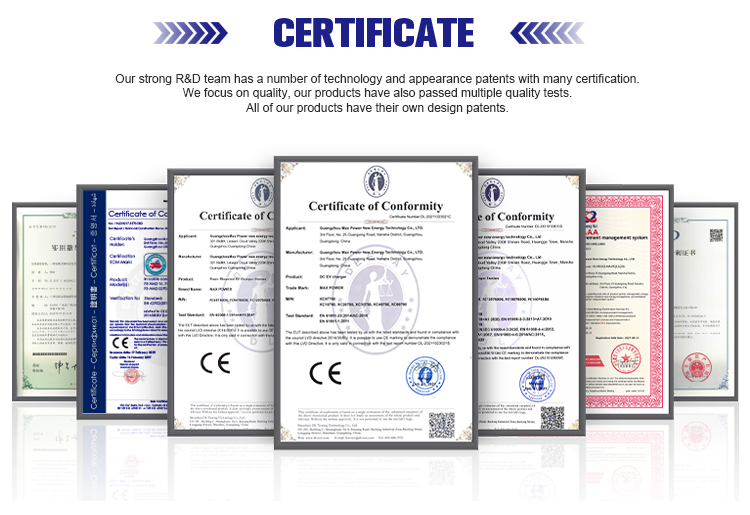
Small EV Charger Packing:
Retail and Wholesale Packaging of Small EV Chargers for Shipment
Retail Small EV Charger Shipment:
For retail orders, Small EV Chargers are shipped using express shipping methods.
Wholesale Small EV Charger Shipment:
For wholesale orders, Small EV Chargers are carefully packed in export fumigation-free wooden cases, suitable for bulk shipments or container transportation.
The primary objective of these packing measures is to safeguard the Small EV Chargers from any potential damage during sea shipment, ensuring they arrive at their destination in optimal condition. Employing correct packing procedures and utilizing high-quality materials minimizes the risk of harm during the journey.
Packing a Large EV Charger for Sea Shipment: Ensuring a Safe Voyage
Packing a large EV charger for sea shipment is a meticulous and demanding process, but with meticulous planning and precision, it can be done effectively to guarantee its safe arrival at the destination. Below are the essential steps a manufacturer may undertake when preparing a large machine for sea shipment:
Overall, packing a large EV charger for sea shipment demands precision and adherence to proper procedures. Employing high-quality materials and meticulous attention to detail ensures the machine’s safe and intact arrival at its intended destination. For added assurance, consulting a professional packing and shipping company can guarantee the machine is expertly packed and ready for its sea journey.


Installing an Electric Vehicle (EV) Charger requires careful planning and consideration to ensure a safe and efficient charging experience. Here is a step-by-step guide to the installation process:
It is crucial to have a licensed electrician perform the installation to ensure compliance with electrical codes and safety standards. Additionally, some EV charger manufacturers offer professional installation services, which can provide peace of mind and ensure a smooth and trouble-free installation process.

Applications of EV Home Charger
It is appplicable for all kinds of charing protocols, Suitable for all kinds of new energy vehicles on the market,Applicable to a variety of electric vehicles, electric buses,Forklift,golf cartsightseeing cartractor, etc.
| CHAdeMO | Nissan leaf&NV200, KIA soul, CITRONEN C-Zero%Bendingo, Peu geot On, Mitsubishi l-Mev&outlander, Geely TX electric Taxi,Zero Motorcycles, Tesla Mode S(need adapter) |
| CCS | BMW i3,VW e-golf&e-up, Jaguar ipace, Tesla model 3, Hyundai ioniq&kona, Audi e-tron, OPEL ampere e, Chevrolet spark, Geely TX electric Taxi,Ford focus, Renault new Zoe |
| GB/T | BYD, BAIC,Chery, Geely, Aion S, MG, Xiao Peng, JAC, Zotype etc. |
